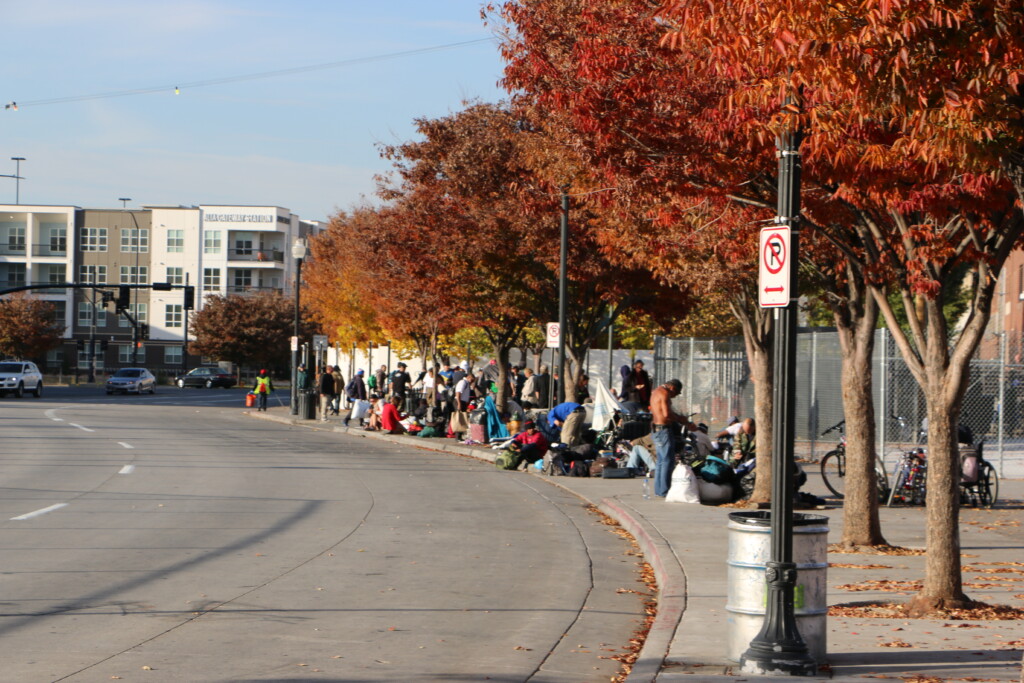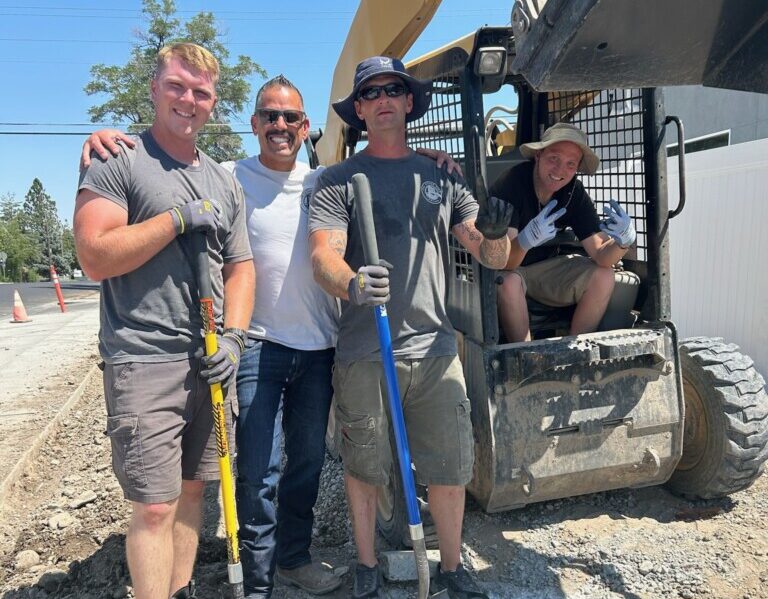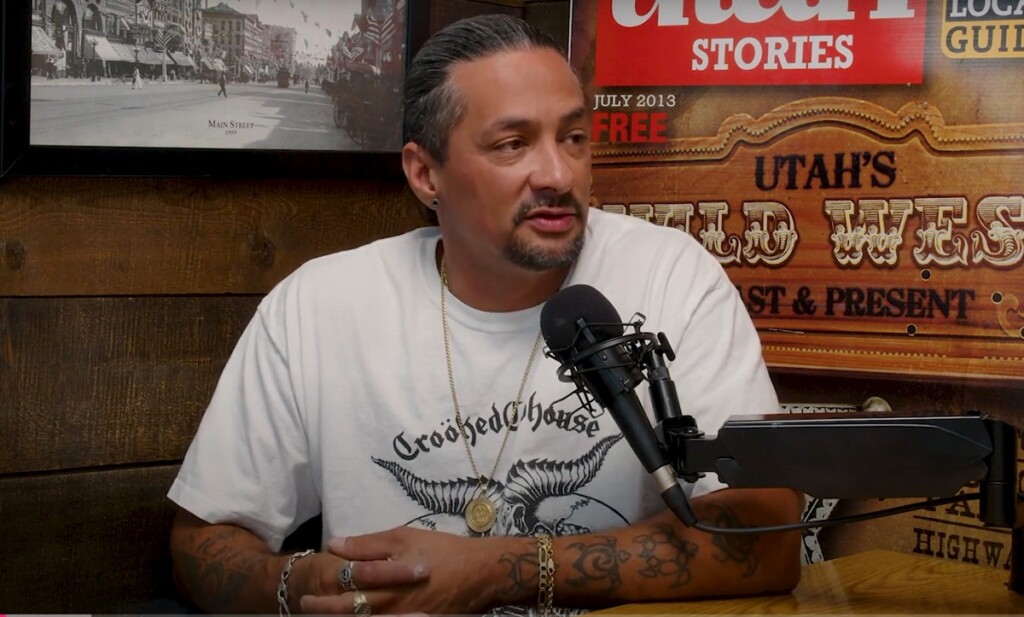“The Homeless Industrial Complex” is a term used by some within the system, and lawmakers who criticize the spending with very little scrutiny over return on investment, or even a basic understanding of where and how money is being spent.
According to a Salt Lake County employee who works closely with the homeless, who wishes to remain anonymous, said “There are a lot of people earning a lot of money based on the problem persisting. You guys really should look into that.”
This employee told us this two years ago. Later, Salt Lake County District Attorney candidate Danielle Ahn told Utah Stories that the Homeless Industrial Complex incentivizes people to stay at the bottom and remain at the bottom, and there are only incentives for NGOs, as well as City and State employees, to inflate and exacerbate the problem so that they receive ever greater funding.
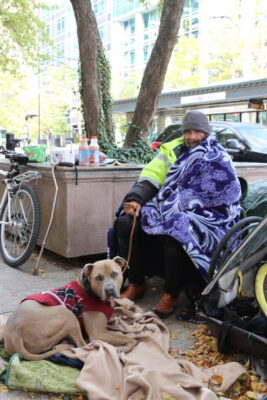
Is this true?
Last week, the homeless spending data was published by the Utah Legislative Fiscal Analyst’s Office. While the majority of funding for the state is provided by the Federal Government from a Covid ARPA relief fund, the developer who was appointed by himself in 2021 to become the “Homeless Czar”, received overnight a whopping 300% pay raise compared to his prior duty as State Senate president.
According to Transparent.utah.gov, Wayne Niederhauser’s salary jumped from just under $40K per year, to a whopping $250K today. What does he do? He appointed himself to improve the system, but what has he done? We would like to know, but he refuses to answer Utah Stories questions. Why won’t he answer us? Because, unlike Salt Lake County District Attorney Sim Gill, who answered our difficult questions last week concerning homelessness, the homeless czar is an unelected administrator who only answers to the Governor. We find this troubling.
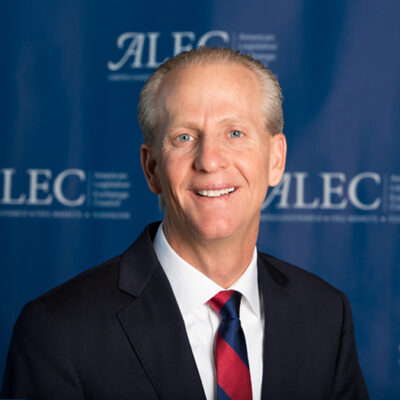
But many in the government would argue that most of the money that supports the homeless originates from non-profits, the Federal Government and philanthropists, so how could such a level of corruption exist?
The problem is that these highly-paid administrators do not answer to taxpayers or the public for their performance. Nobody can vote these people in or out of their positions so they refuse to speak to the media (or at least Utah Stories, who would like to ask them a few tough questions). The entity that receives the lion’s share of appropriations is the State Office of Homeless Services, which is under the Department of Workforce Services. They received $55 million in ARPA funds.
Their total budget is $210 million, up from $56 million just two years ago. Why do they require a nearly four-fold increase in funding? Where is this money going?
According to this chart, they appropriated $17 million to increase the supply of housing. Seems like a nice goal, but what are they doing to increase the supply? They are giving out grants to developers, whom we assume can use this money. But they do not say what developers receive these funds for which developments.
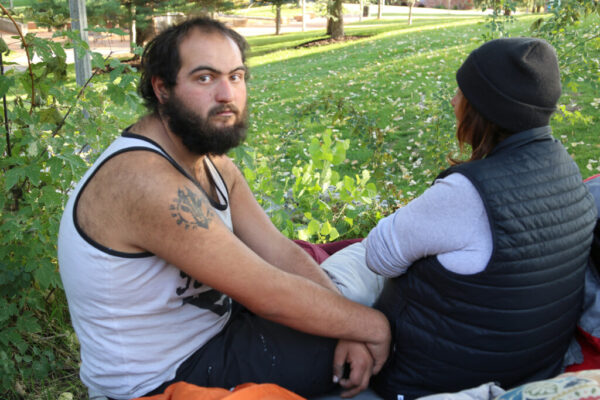
Another $30 million goes toward deeply-affordable housing. Who is getting this money? Likely, the developers who are building this deeply-affordable housing. Who are they? Again, they don’t say.
$19 million more goes towards compensation for unemployment insurance, a worthy cause, but again this also opens up opportunity for abuse.
Governor Cox ordered that $17 million go towards supplemental rent payments for 500 new units whose inhabitants earn 30% or less of Utah’s median wage. This sounds like an excellent plan to assist renters with affordable housing issues, and to prevent homelessness in our rapid inflation low-housing supply cities. But how do renters qualify? How do they receive these funds? Why are so many homeless on the streets telling Utah Stories that they were kicked out of their places when they couldn’t afford rent? There is an entity within the state called Emergency Rent Relief, but according to their website, they are no longer accepting applicants.
The other administrators who earn more than $200K serving the homeless include the Executive Director of the Road Home, Michelle Flynn. Flynn earns this whopping wage despite the complete failure of the Magnolia Apartments, where a Utah Stories inside source tells us that at least 15 people have died in the past year from drug overdoses and other maladies.
Flynn’s Road Home also Manages the Gail Miller Homeless Resource Center, The Palmer Court Apartments and Wendell Apartments — these facilities also have failed to maintain security as well as law and order around their facilities, resulting in big increases in murders, drug crimes, prostitution and vandalism, according to local business owners and the Ballpark Community Chairperson Amy J. Hawkins.
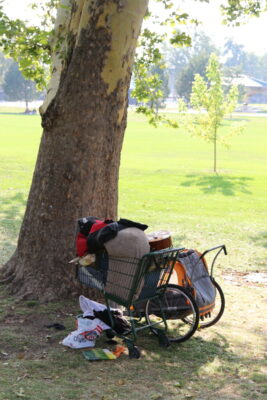
Unlike successful facilities such as the Otherside Academy, Switchpoint and The Inn Between, Flynn does not reside in any of the facilities the Road Home manages. Their executive offices are off-site. The Road Home took in $29.9 million in revenue in 2021, they spent $22 million on managing their facilities. $17 million of their budget comes from Federal, State and local governments in the form of grants for the Federal Housing First Initiative, managed through the Department of Housing and Urban Development. They currently manage housing assistance for 2,557 people and are managing emergency shelter for 4,459 people. Certainly this is a highly important service, but Utah Stories has heard numerous testimony from those who are under the care of the Road Home, that they are not receiving the “wrap-around services’ ‘ that could improve their conditions to remove themselves from dependency on public assistance.
Why not spend the $8 million surplus they received on greater security or better programs such as rehab or job training programs for their tenants?
We don’t know the answer to this question because Flynn refuses to answer any questions regarding their operations, at least with Utah Stories.
The facilities themselves are not owned by the RoadHome but by a separate entity called Shelter the Homeless. This organization has received big grants from philanthropists including Gail Miller, Zion’s Bank and the LDS Church. They hold an impressive portfolio of properties. They have impressive big names with deep pockets on their Board of Directors including CEO of Zions Bank Harris Simmons, Mitt Romney’s son Josh Romney and Gail Miller.
According to Shelter the Homeless’ public from 2021, they claimed $85 million in total assets. That figure is likely well over $100 million today. They have an $11 million per year operating budget, paying for security, meals, repairs and “deficit funding grants”, whatever those are. They paid out $2 million for security. Where this money goes is anyone’s guess. Especially in light of the fact that it appears that security in the neighborhoods around the facilities is provided by the SLCPD at the taxpayer’s expense. This security has increased substantially in the last six months according to area residents.
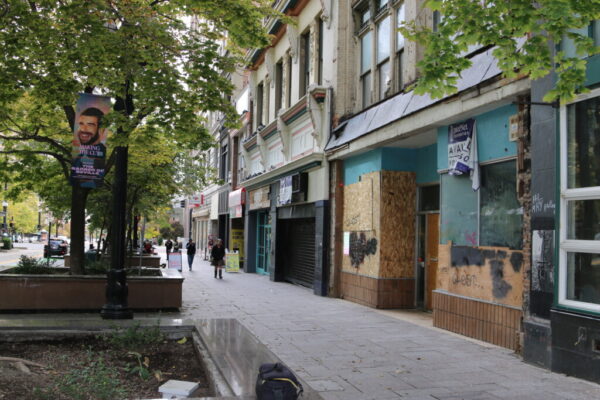
The Executive Director of Shelter the Homeless is Lorie Hopkins, who received a $200,000 base pay in 2021. Exorbitant? Well, it might depend on how much skill is involved in maintaining security and meals and “deficit funding grants” for these facilities. If they were overly concerned about the mismanagement of the Road Home’s management of their facilities, we would imagine they could fire the Road Home and their administrators and provide the contract to a better manager, but it seems they are not that concerned.
Why would we make this assumption? Because they have declined to answer Utah Stories inquiry for questioning. So we leave you, dear reader, with far more questions about homeless funding than answers.
But answer our biggest question: Does a homeless industrial complex exist in Utah? Meaning, does a system exist surrounding homelessness whereby little accountability and a huge number of problems only seem to be worsening as more money is put into this system?
We will let you, dear reader, be the judge of that.

